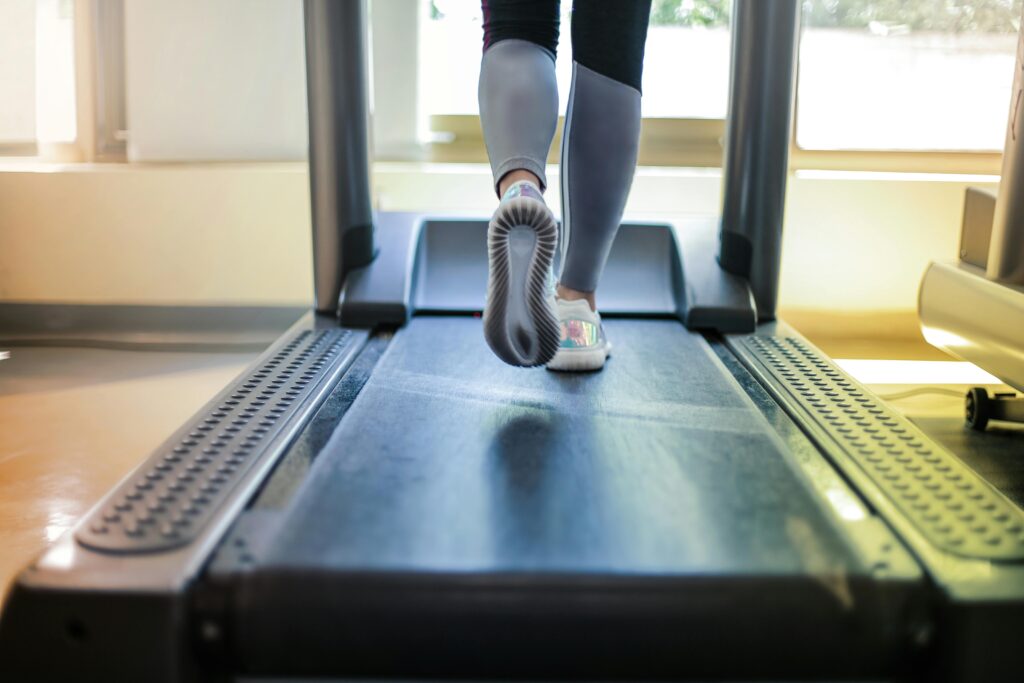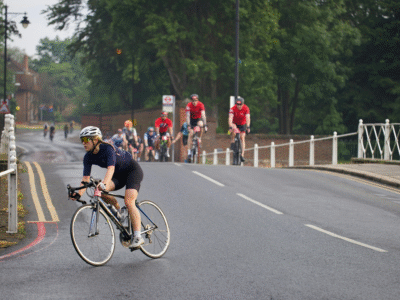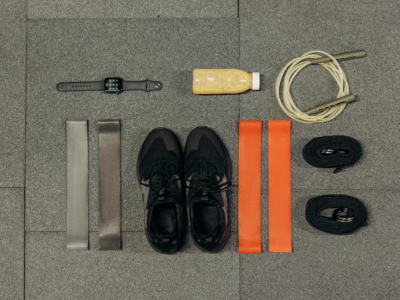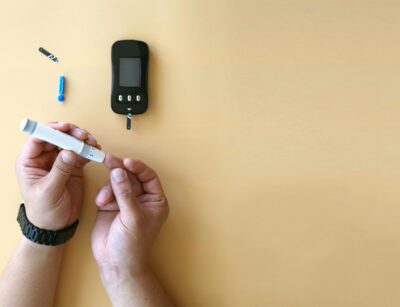We all know that walking has health benefits, but now experts are saying that just a 10-minute stroll after eating can make a huge difference. Here’s why.
We’ve all heard about the benefits of walking after eating. The practice has pretty much achieved trend status in the wellness world — thanks to TikTok — over the past few months.
And science does back the movement up: this study suggests that walking soon after eating has proven benefits for blood sugar levels, heart health and energy. Most studies, like this one from 2011, recommend walking for 30 minutes after each meal, which — while possible for some — isn’t practical for most (especially the office workers among us).
But according to longevity expert Dr Darshan Shah — who recently spoke on Gabby Bernstein’s podcast Dear Gabby — we don’t need to be carving out half an hour after every meal for a walk. Instead, Dr Shah says that just 10 minutes is enough. But is this true?

Read more: Short on time? The viral Japanese walking method promises results in 30 minutes
What are the health benefits of walking for 10 minutes after every meal?
“Walking after eating can help to support digestion by aiding food movement through the stomach and intestines,” explains personal trainer and nutrition coach Chloe Thomas.
“It’s also beneficial for regulating blood sugar by encouraging muscles to absorb glucose, which then reduces those post-meal spikes and improves energy levels. This also supports weight management and your cardiovascular health.”
Michaella Mazzoni, a registered nutritionist, explains that the habit of walking for a few minutes after a meal is especially helpful for those living with chronic conditions such as pre-diabetes, type 2 diabetes or PCOS.
“These individuals will need additional support with managing blood sugar,” she says.
And the benefit of only needing to walk for 10 minutes is that it’s actually realistic. “It’s short enough that most people can fit it into their day, and it’s long enough to provide measurable benefits for your digestion, energy and blood sugar,” explains Chloe. “For many people, just starting with 10 minutes will build consistency and habit without that pressure to go on for longer.”

Read more: ‘I’ve run the UK’s hilliest parkrun six times — these are my incline training tips’
How soon after a meal should you go for a walk?
Any amount of walking is good for you, regardless of when you do it. However, there’s a reason that studies — and wellness influencers — have been touting the merits of walking directly after a meal.
“Walking should begin within 30 minutes of finishing a meal,” explains Michaella. “That’s because blood sugar reaches its highest point 30-60 minutes after eating.”
Walking before that spike can then help to lower the peak glucose level that naturally occurs at around that time.
The sooner you can walk after a meal, the better. A 2025 study found that a 10-minute walk immediately after eating sugar worked better for glycemic control than a 30-minute walk half an hour after eating did.
Does it have to be 10 minutes?
The takeaway here is that you should do what works for you. “For a single mum, that may be 10 minutes; for another person, it could be 30 minutes,” says Chloe. “Even a short walk makes a difference, but around 10 or 15 minutes after each meal is often recommended. This length of time is long enough to support digestion and blood sugar management without being too disruptive to your daily life.”
Read more: “I joined a local sports team after becoming a mum — it changed my life”

Do you have to walk outside for it to count?
Lastly, you don’t need to head to a local park or walk around the block if that isn’t accessible to you for any reason. Michaella suggests staying in the house and finding unique ways to do cardio if it’s more practical for you: “Being active in the house instead, and doing tasks like laundry, vacuuming and tidying up, could also be useful. Basically, anything that gets you moving.”
Chloe suggests marching around the house while you’re on the phone or doing some light bodyweight movements like squats to get yourself moving after eating.
“Any activity that gets your muscles working will help to regulate blood sugar and support digestion.” The key, she says, is simply to be consistent with it.
Words: Iris Goldsztajn
Feature image: Freepik













